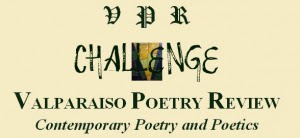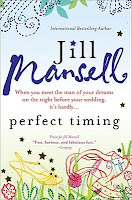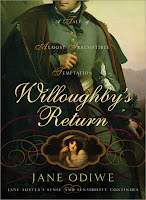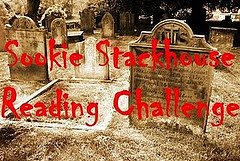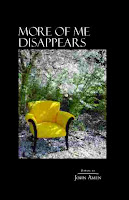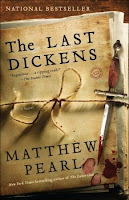Beth Kephart’s Nothing But Ghosts follows Katie D’Amore’s struggle to recover enough to live after the death of her mother, but her mother’s ghost is not the only spirit present in this novel. Lost loves, mysterious socialites locked inside their estates, and other specters haunt these pages. Kephart’s narration from the point of view of Katie is limiting, but an excellent choice as readers unravel the mystery of her town’s hermetic socialite alongside Katie.
“My dad has this knack for lighting the darkness, for uncracking all the cracks that break images apart, for returning the disappeared to the land of the living.” (Page 5)
Katie must face her loss, her future, and the past, and she does it in the basement of a library and in a garden of Miss Martine’s estate as she and other kids work through the summer digging a hole for a gazebo foundation. What Katie doesn’t expect is to find life in the past and the present, nor does she expect to see her father emerge from his own opaque painting to whisk broad, vivid paint across a new canvas.
“If you were looking down on me and my bike from a cloud above, you’d think we were a zipper. That’s how fast we go, how straight down, all the way to Miss Martine’s.” (Page 9)
“What if the glass breaks and the bird flies in? What if the whole upstairs shatters and crumbles? I imagine the finch making a nest inside my lamp shade — dropping the feathers into my shoes, over my breadspread, over my pillow, over me. I imagine everything giving way to the finch.” (Page 22)
Nothing but Ghosts is not simply a coming of age story, but a tale of how each of us deals with loss. Kephart is a master of description, making each image vivid, each plot line significant, and she does it all in concise, poetic language. In a way, readers may find that parts of this novel are simply a large narrative poem. Very enjoyable, quick read, with deeper meaning and an even deeper sense of understanding.
Check out this book trailer too:
About the Author: (from author’s Website)
Beth Kephart is the author of five memoirs, an autobiography of a river, a young adult novel, and a newly released corporate fable called ZENOBIA: THE CURIOUS BOOK OF BUSINESS (co-authored with Matthew Emmens); four new books are forthcoming. A SLANT OF SUN was a 1998 National Book Award finalist, a Salon.com Best Book of the Year, and the winner of other honors. INTO THE TANGLE OF FRIENDSHIP was written with the support of an NEA grant; GHOSTS IN THE GARDEN was a Book Sense pick; FLOW: THE LIFE AND TIMES OF PHILADELPHIA’S SCHUYLKILL RIVER was supported by a Pew Fellowships in the Arts grant; and UNDERCOVER, released in September of 2007, was named a best young adult book of the year by School Library Journal, Kirkus, Amazon, and others. The winner of the 2005 Speakeasy Poetry Prize, a contributor to many anthologies, an occasional teacher and frequent reviewer, Kephart has written for publications ranging from the New York Times, Chicago Tribune, and Washington Post, to Family Circle, Philadelphia magazine, Salon.com, Real Simple, and Parenting. Kephart is the strategic writing partner in an award-winning, boutique marketing communications firm called Fusion.
FTC Disclosure: All title links and images will bring you to an Amazon Affiliate page; No purchase required. Additionally, my copy of Nothing But Ghosts was borrowed from my local library and recommended by Amy of My Friend Amy and Beth Fish Reads.
It may take me a while to get to books recommended by bloggers, but I do get to them. Thanks everyone.



